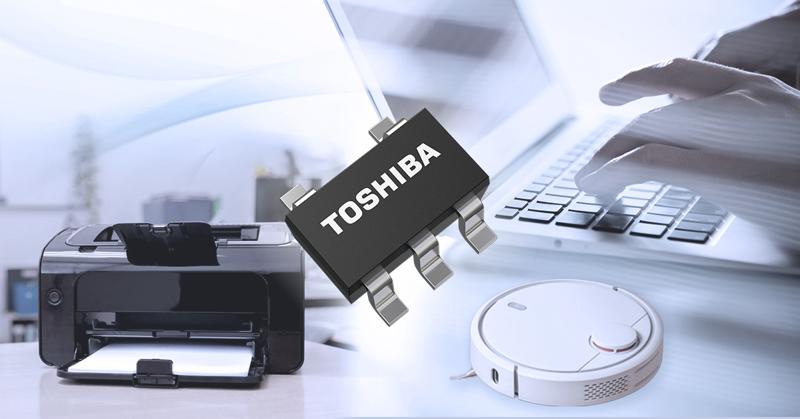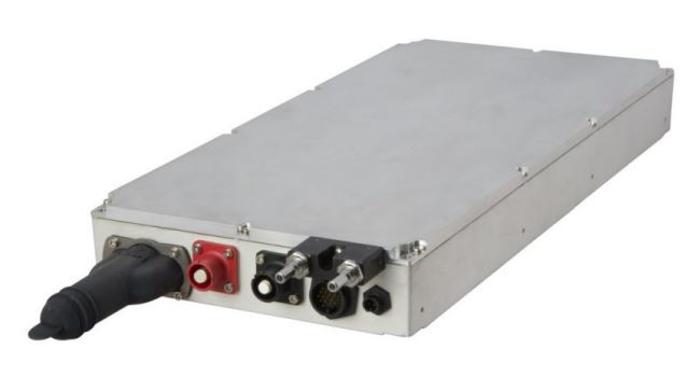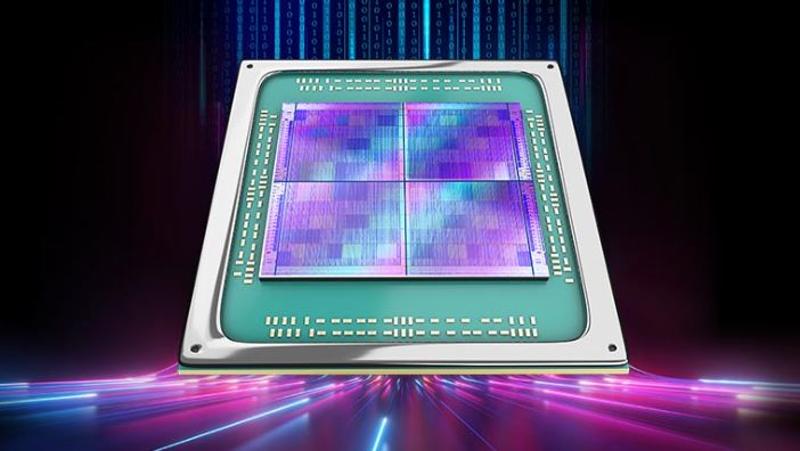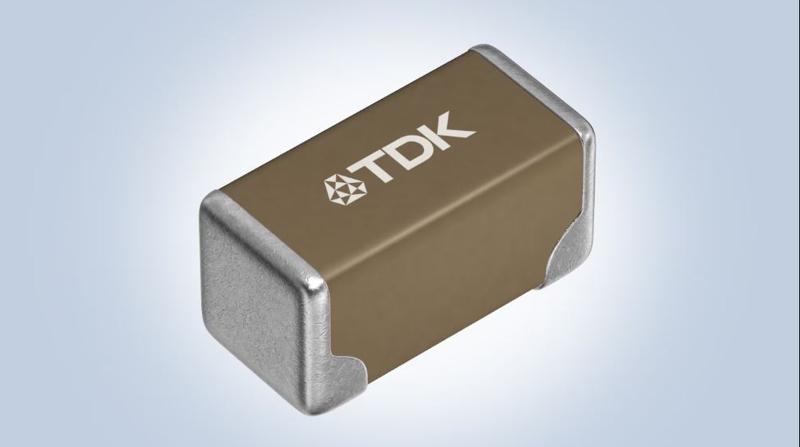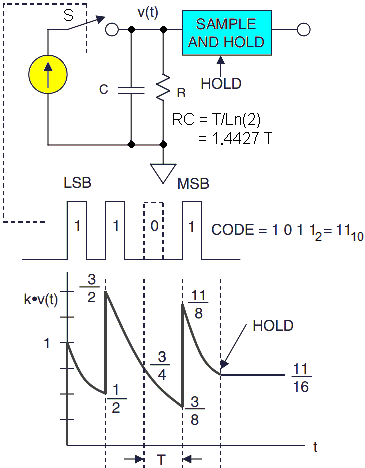
Rectangle and triangle waveform function generator
- Analog
- 2023-09-23 21:19:07
A description of a four-phase RC oscillator of a sinusoidal and rectangular shape is given. A triangular-shaped signal is obtained by the counterphase addition of half-waves of sinusoidal signals shifted in phase relative to each other by 90 degrees.
Wow the engineering world with your unique design: Design Ideas Submission Guide
It was previously shown that with the antiphase addition of sinusoidal signals rectified by two-half-period rectifiers shifted relative to each other by 90 degrees, it is possible to obtain a signal of an almost ideal triangular shape [1–5]. The mathematical description of the waveform and the scheme of practical implementation of such generators are given in [3–5].
Function generators usually consist of a generator of rectangular pulses, which are then converted into signals of triangular and sinusoidal shape. This function multiphase generator operates on a different principle: first, a tunable generator of a four-phase sinusoidal signal is used. Then, the sinusoidal signals are converted into rectangular ones using comparators. After that, the sinusoidal signals of the four phases are fed to the rectifier—the key elements controlled from the outputs of the four comparators. The rectified signals are mixed at the load resistance and form a triangle-shaped signal with twice the frequency, Figure 1.




Figure 1 Synthesis of a triangular-shaped signal from the sum of antiphase sinusoidal signals rectified by two-half-period rectifiers shifted by 90 degrees.
Figure 2 shows an electrical diagram of a four-phase sine wave signal generator operating in the frequency range of 50–500 Hz. The generator is made on four operational amplifiers U1.1–U1.4 of the LM324 chip. The potentiometer R2 is adjusted to obtain stable sinusoidal oscillations with minimal distortion. The generation frequency is set by RC circuits C2-R8-R10.1, C3-R9-R10.2 and is regulated by a dual potentiometer R10.1, R10.2. Four-phase signals are removed from the outputs of operational amplifiers: 0, 90, 180 and 270 degrees.

Figure 2 The four-phase sine wave signal generator operating in the frequency range of 50–500 Hz.
Signals from the outputs of a four-phase generator, Figure 1, are fed to the inputs of rectangular-shaped signal formers, Figure 2. The formers in Figure 2 contain four comparators U1.1–U1.4 of the LM339 chip. Rectangular-shaped signals with a phase shift of 0, 90, 180 and 270 degrees are removed from the outputs of the comparators.
Simultaneously, signals from the outputs of the comparators U1.1–U1.4, Figure 2, are sent to the control inputs of four analog switches U2.1–U2.4 of the CD4066 chip. Signals from a sinusoidal signal generator are fed to the inputs of analog switches. From the outputs of the keys, the rectified signals are sent to the resistive adder R3–R7. Analog keys U2.1–U2.4 are switched by signals of comparators U1.1–U1.4 in such a way that antiphase two-half-period rectified signals with a phase shift of 90 degrees are formed at the outputs of the keys. This makes it possible to implement a triangular-shaped signal at the output of the device with a frequency doubled relative to the sinusoidal signal generator (100–1000 Hz), Figure 1.
Figure 3 shows the shape of the sinusoidal and rectangular signals taken from the outputs of the generator and comparators and Figure 4 shows the shape of four-phase signals at the outputs of the sinusoidal signal generator and the outputs of rectangular signal formers.

Figure 3 The shape of the sinusoidal and rectangular signals taken from the outputs of the generator and comparators.

Figure 4 The shape of four-phase signals at the outputs of the sinusoidal signal generator and the outputs of rectangular signal formers.
Figure 5 shows how a four-phase function generator chip would look like, it also shows a diagram of its connection using a minimum number of external elements. The need to adjust the resistance of the adjusting resistor R2 may require the use of an additional two pins of the chip.

Figure 5 Possible view of the four-phase function generator chip and its connection scheme.
Michael A. Shustov is a doctor of technical sciences, candidate of chemical sciences and the author of over 750 printed works in the field of electronics, chemistry, physics, geology, medicine, and history.
Related Content
Voltage-controlled triangle wave generatorAdjustable triangle/sawtooth wave generator using 555 timer555 triangle generator with adjustable frequency, waveshape, and amplitude; and more!DAC (PWM) Controlled Triangle/Sawtooth GeneratorReferences
Shustov M.A. “Additive signal former of the triangular shape”. Radio engineering (RU), 2003, No. 1, pp. 95–96.Shustov M.A. “Circuit engineering. 500 devices on analog chips”. St. Petersburg, Science and Technology, 2013, 352 p.Shustov M.A., Shustov A.M. “Electronic Circuits for All”. London, Elektor International Media BV, 2017, 397 p.; “Elektronika za sve: Priručnik praktične elektronike”. Niš: Agencija EHO, 2017; 2018, 392 St. (Serbia).Shustov M.A., Shustov A.M. “Simple functional generator”. Elektor, May 16, 2018. https://www.elektormagazine.com/labs/simple-function-generator-160548Shustov M.A., Shustov A.M. “Simple Function Generator. With reverse-order signal creation”. Elektor, 2020, V. 46, № 7–8 (502), P. 20–23.Rectangle and triangle waveform function generator由Voice of the EngineerAnalogColumn releasethank you for your recognition of Voice of the Engineer and for our original works As well as the favor of the article, you are very welcome to share it on your personal website or circle of friends, but please indicate the source of the article when reprinting it.“Rectangle and triangle waveform function generator”

